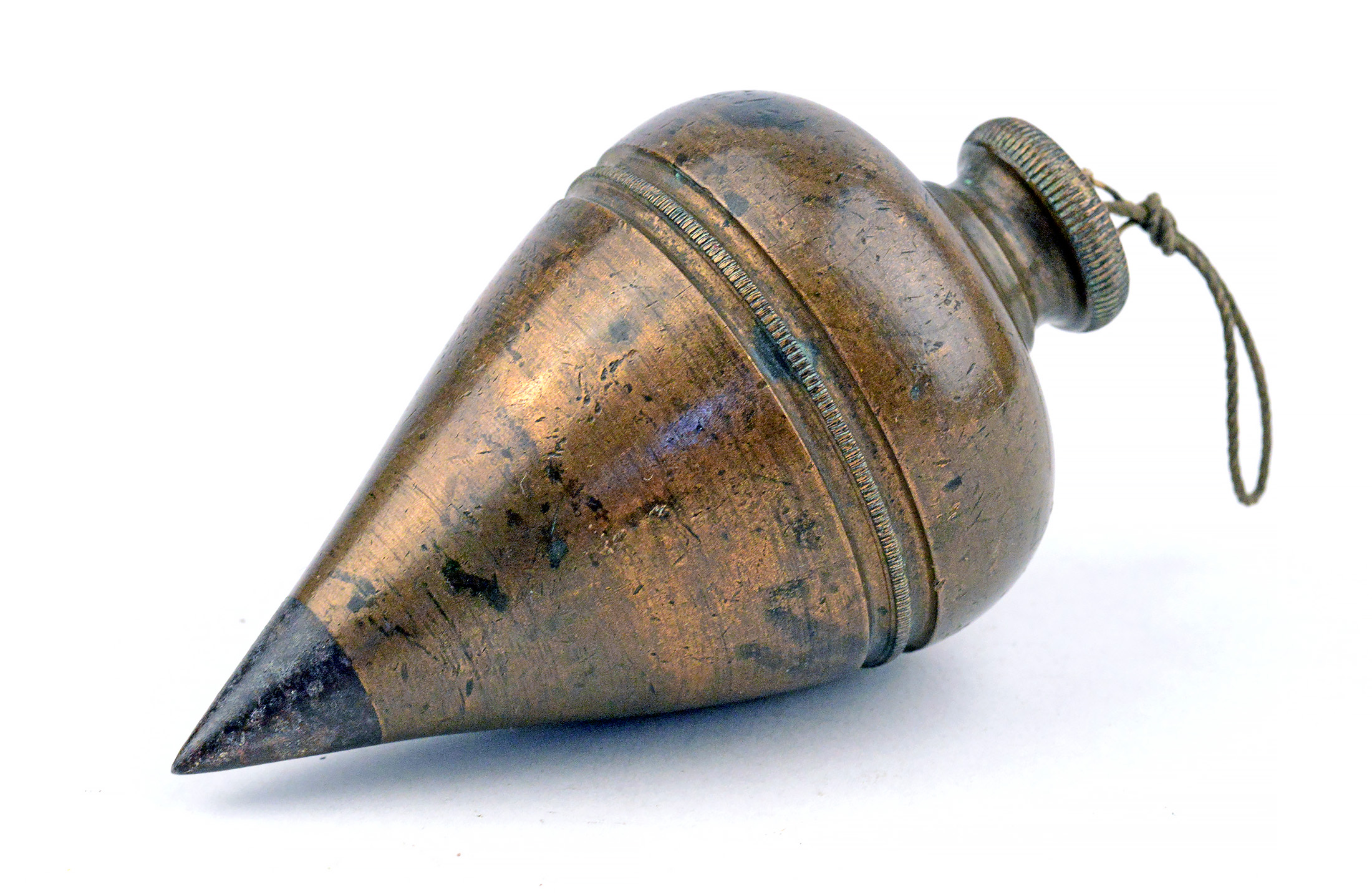

Plumb bobs do not age, unless they are broken. It’s funny, but true – these museum pieces would still work just fine today. The metal construction allowed thousands of ancient plumb bobs to survive to this day. Pointy end was critical for the accuracy of measurements and hard metals retain their shape better. This gives the plumb bob the necessary weight, but at the same time keeps its surface hard. However, lead is a relatively soft metal, so antique plumb bobs are often bronze or brass with a lead core. ( Gaius Cornelius, Wikimedia(CC BY-SA 4.0) A heavy lead plumb bob stops swinging quicker, although in some cases plumb bobs were filled with a liquid – mercury, water or even molasses – to dampen the movement.Īn ancient Roman plumb bob. Plumb bobs had to be made from a heavy metal so that wind would move the plumb line too much. The name “plumb bob” refers to the material that this tool was made of in the past – the Latin plumbum means lead. Plumb bobs are used not only by builders, interior decorators, electricians, construction engineers and carpenters, but also by well diggers, foresters, astronomers, shipbuilders, artillerymen, mining engineers, scale makers and calibrators, pipeline layers, road builders, etc. The plumb bob is one of the few tools that is (or was) used by people from so many different professions.


As a result, plumb bobs were often ornamented, characterised by a beautiful curved shape, and were depicted in art and heraldry. For example, the book of Isaiah says, “I will make justice the measuring line and righteousness the plumb line.” Whether you are a believer or not, this shows the symbolism of the never-failing plumb line in Western culture. ( Andreas Praefcke, Wikimedia(CC BY 3.0)īecause of this objective and eternal accuracy, the plumb bob is mentioned several times in the Bible.


 0 kommentar(er)
0 kommentar(er)
